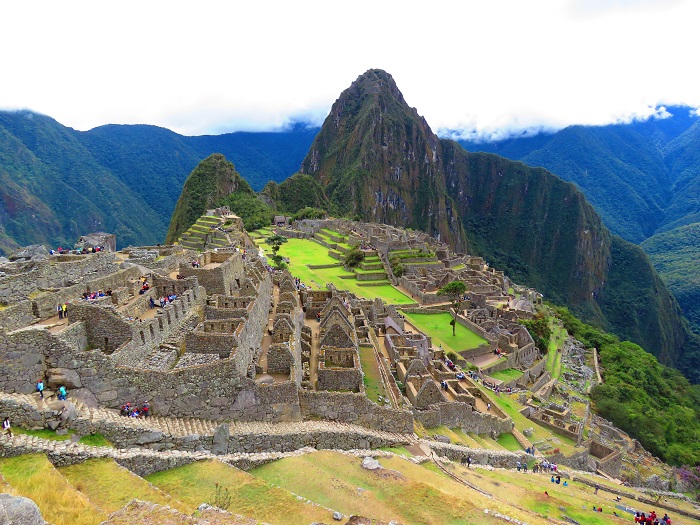Every country has some history and some historical buildings. If these buildings are talked about, it is difficult to believe in the eyes by looking at their unsurpassed beauty. It does not seem to be less than any miracle, and the special thing is that the government of every country wants to handle their historical places forever with great care. If you talk about the wonders of the world, then you will know about many wonders that are spread all over the world, some of which are very ancient and amazed. The name of one of these wonders is Machu Picchu. Machu Picchu is a historic site related to the Inca civilization in South American country Peru. It is a 15th-century Inca citadel (a fortress, typically on high ground) situated on a mountain ridge 2,430 metres above sea level. It is located in the Cusco Region, Urubamba Province, Machupicchu District in Peru, above the Sacred Valley, which is 80 kilometres northwest of Cuzco and through which the Urubamba River flows. In the Quechua language, machu means "old" while picchu means "peak, hence the name of the site means "old peak". It is also often called "The Lost City of the Incas". Its construction appears to date to the period of the two great Inca rulers, Pachacutec Inca Yupanqui (1438–71) and Túpac Inca Yupanqui (1472–93). Machu Picchu is one of the most familiar icon of the Inca Empire. It is also one of the seven new wonders of the world declared on July 7, 2007. The Incas built the estate around 1450 but abandoned it a century later at the time of the Spanish Conquest. Although the locals knew it from the beginning but it was not known to the Spanish during the colonial period and remained unknown to the outside world, the credit goes to Hiram Bingham, who was an American historian, and he has discovered it in 1911, since then Machu Picchu has become an important tourist attraction.
Machu Picchu was declared a Peruvian Historic Sanctuary in 1981 and it was granted as UNESCO World Heritage Site in 1983. Machu Picchu was built in the classical Inca style, with polished dry-stone walls. In its primary structures, there are Intihuatana, the Temple of the Sun, and the Room of the Three Windows. Because it was not spoiled even after the Spanish conquered the Inca, this site has special significance as a cultural site and it is also considered a sacred place. Most of the outlying buildings have been reconstructed in order to give tourists a better idea of how they originally appeared. By 1976, the thirty perent of Machu Picchu was rebuilt, today its repairing work is still going on. It is Peru's most visited tourist attraction. Its panoramic views and intricate stone walls more than validate the site's worldwide fame. Since its discovery in 1911, growing numbers of tourists visit the site yearly, reaching 400,000 in 2000. In the late 1990s, the Peruvian government granted concessions to allow the construction of a cable car and a luxury hotel, including a tourist complex with boutiques and restaurants and a bridge to the site. The Dirección Regional de Cultura Cusco (DRC) introduced new entrance rules to the citadel of Machu Picchu in July 2011. Now the tourist entrance was limited to 2,500 visitors per day, and the entrance to Huayna Picchu (within the citadel) was further restricted to 400 visitors per day.














0 comments:
Post a Comment